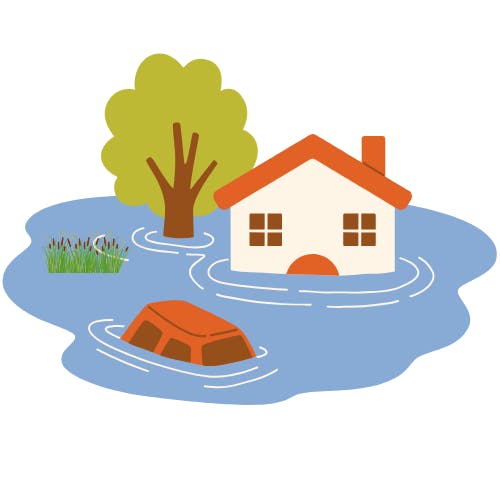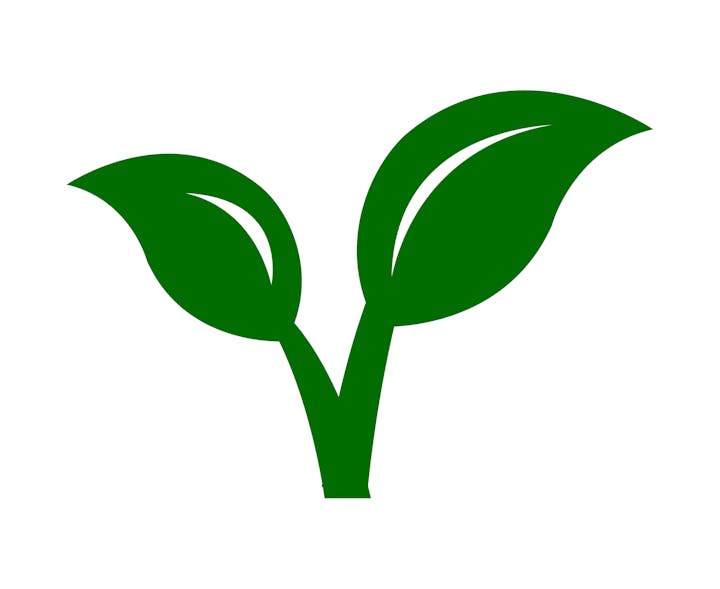Stormwater Management Informational Resources
The Problem
.png?ixlib=rb-1.1.0&w=2000&h=2000&fit=max&or=0&s=74f4b7438e464d37bfc0c1353888d37b)
Stormwater runoff can be a significant contributor to water quality issues. In an undisturbed environment, when there is rainfall or snow melt, there is significant infiltration into the ground; this allows for natural filtration of water and a slower, more gradual release of water into surface water bodies, e.g. rivers and streams.
In contrast in altered environments, there are lots of impervious surfaces, e.g. roads, sidewalks, roofs, and disturbed surfaces, e.g. compacted, bare ground; this leads to much higher rates of surface water runoff, either directly from surfaces or accumulated and moved via ditches and stormwater systems. Increased stormwater runoff can occur in both rural and urban areas.
With this runoff comes erosion and the washing away and carrying of contaminants to water bodies such as excess sediment and other debris, chemicals, and bacteria. Additionally, the increased rate of surface runoff leads to increased flashiness of creeks, streams, and rivers: higher volumes of water flowing through water bodies at one time; this leads to further water quality impacts from additional erosion and sedimentation issues instream, as well as overly-fast velocities for aquatic life (not to mention increased flood risks for human communities). Reducing surface runoff during storm events and increasing groundwater infiltration also helps bolster future water supply.
How to Help
Luckily, there are steps that can be taken to increase infiltration and reduce the negative impacts of stormwater runoff in altered environments. For instance, water from gutters can be directed to rain storage tanks for gradual use and release in the future. Vegetation features such as bioswales, rain gardens, and planter boxes can be installed to collect, store, and/or slow runoff. These measures can increase water filtration and infiltration, reducing negative impacts to water quality and increasing gradual, groundwater release into streams, rivers, lakes, and other surface water bodies.
In addition to these actions to reduce stormwater runoff, individuals can also make choices to help reduce potential sources of pollution in stormwater runoff. Small, individual actions such as being mindful about fertilzer and pesticide use and collecting dog waste can collectively add up into large improvements for water quality.
Stormwater Managment Factsheets
After the Storm: A Citizen's Guide to Understanding Stormwater. U.S. EPA. (2003).
Protecting Water Quality from Urban Runoff. U.S. EPA. (2003).
10 Things You Can Do to Prevent Stormwater Runoff Pollution. U.S. EPA.
Lawn Care and Stormwater Runoff. Sea Grant Lake Champlain.
Oregon Rain Garden Guide. Sea Grant Oregon. (2010).


